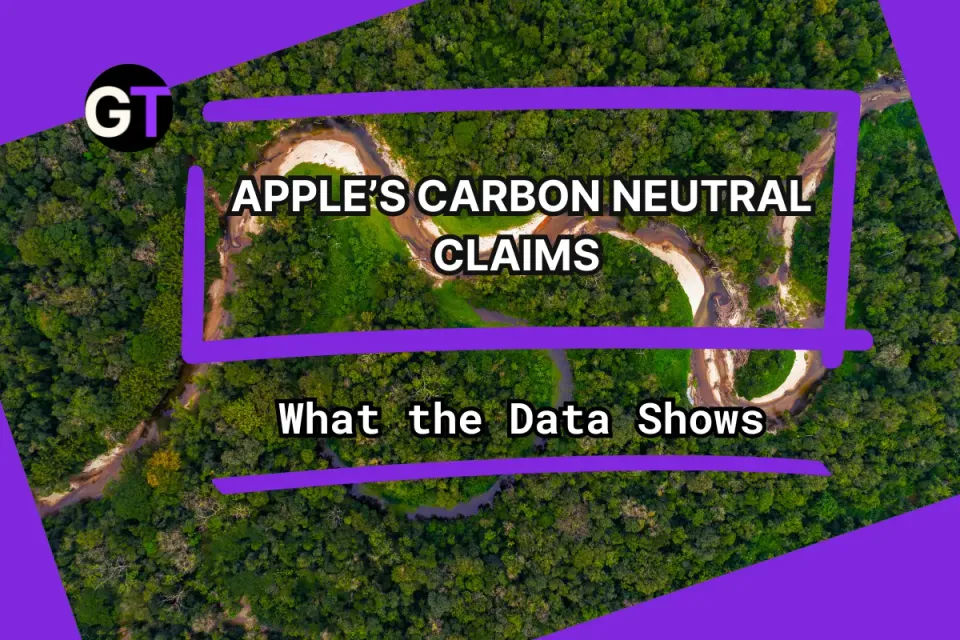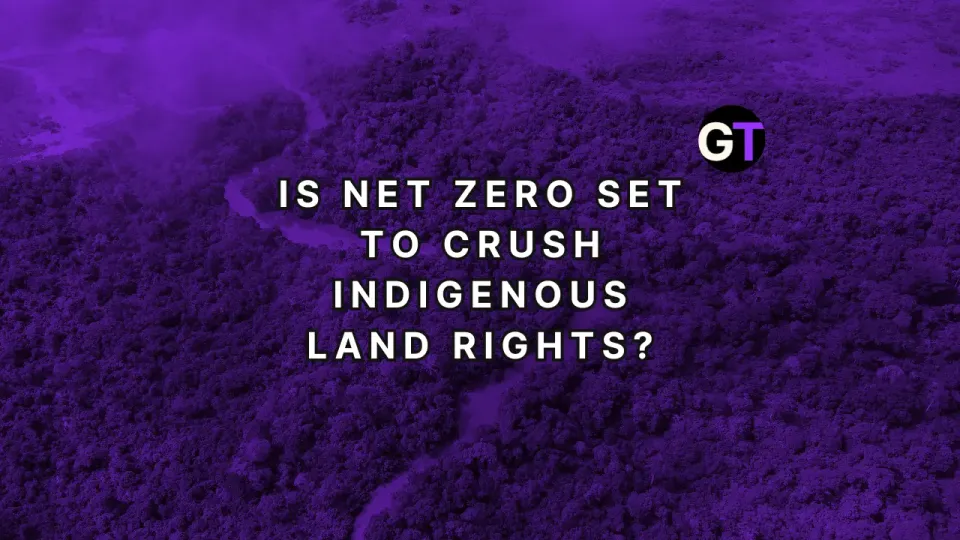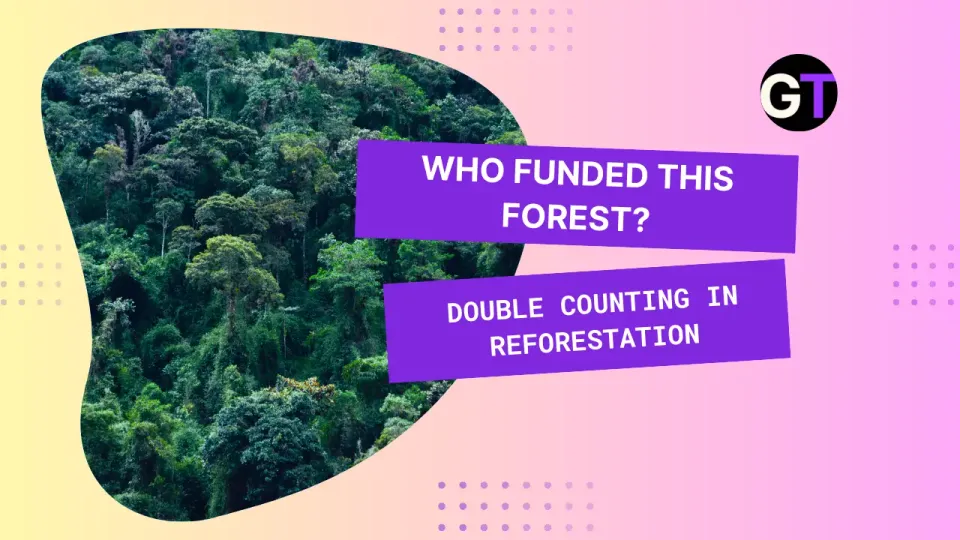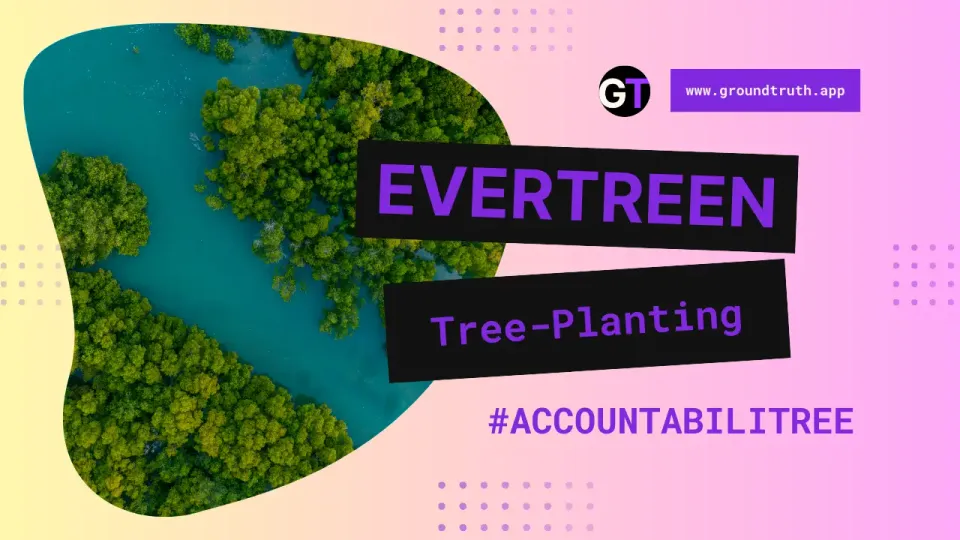Unsung Carbon Heros: Agroforestry in Ethiopia 🌱🌳
HGAF systems might be the key to addressing multiple environmental challenges at once—carbon storage and biodiversity conservation.
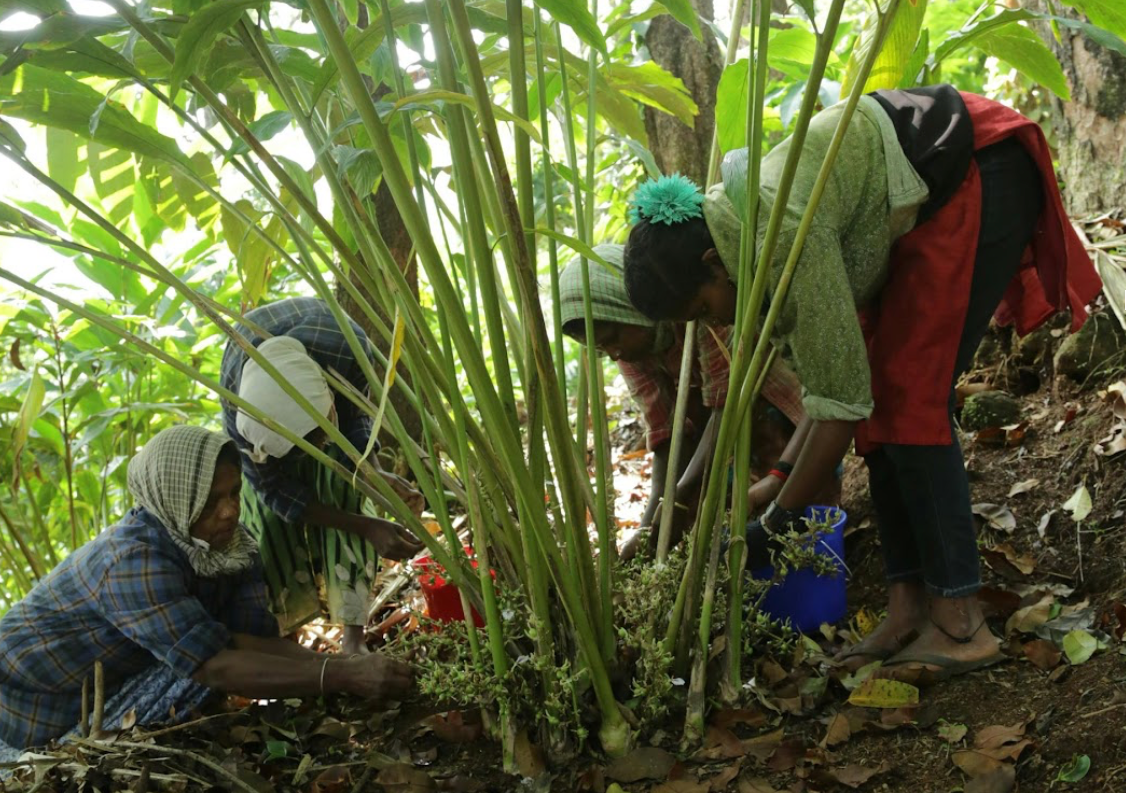
A Carbon Capture Champion
The battle against climate change is heating up, and the unsung heroes are sometimes right in our backyards—literally. Homegarden agroforestry (HGAF) systems in Ethiopia are proving to be ecological powerhouses, not only conserving biodiversity but also locking away significant amounts of carbon. With the world scrambling to find solutions to reduce carbon emissions, this study by Maryo et. al. (2024) shines a light on a traditional practice that could be a game-changer. 🌍✨
Beyond the Numbers: A Deeper Look
A recent study took a deep dive into the carbon storage potential and species diversity in different land use systems in Northern Ethiopia. The researchers compared Homegarden Agroforestry (HGAF), exclosures (protected areas), and croplands, revealing that HGAF systems are outperforming others by a long shot in both carbon sequestration and biodiversity. 🌿
But why does this matter? HGAF systems might be the key to addressing multiple environmental challenges at once—carbon storage and biodiversity conservation.
The Numbers Don’t Lie
- Total Ecosystem Carbon Stock:
- HGAF: 171.17 Mg C ha⁻¹
- Fenced: 92.68 Mg C ha⁻¹
- Grazed: 78.06 Mg C ha⁻¹
- That’s right—HGAF nearly doubles the carbon stock compared to exclosures and more than doubles it when compared to croplands. 💥
- Species Richness:
- HGAF: 38 woody species
- Exclosure: 7 woody species
- More species = more carbon storage, and HGAF systems are leading the way with a diverse mix of trees and shrubs, creating a living fortress against carbon emissions. 🌳💪
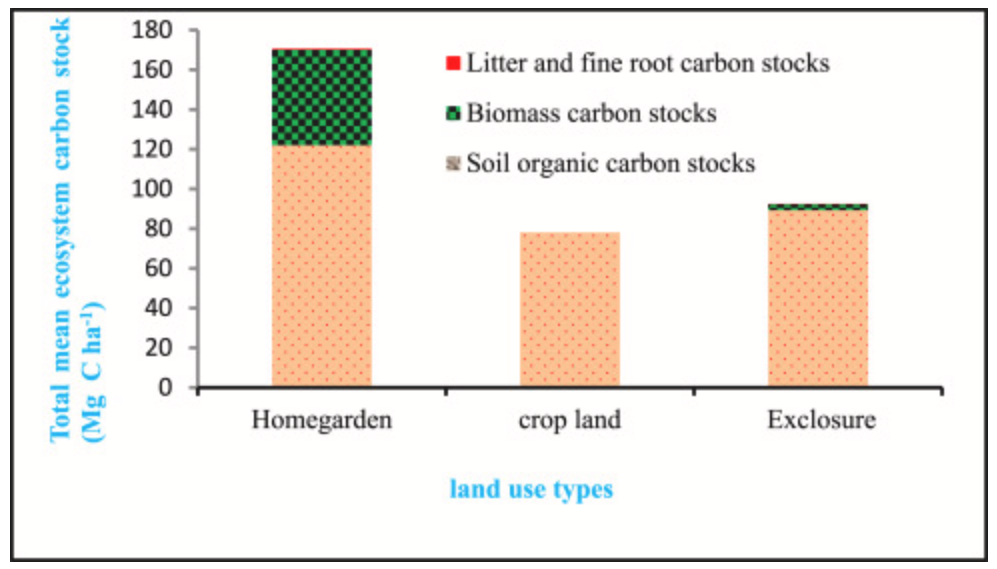
Data-Driven Action for Climate
The implications are clear: we need to promote and expand Homegarden Agroforestry systems, especially in fertile regions like Ethiopia. This study suggests that HGAF systems could play a crucial role in both biodiversity conservation and carbon sequestration, helping to mitigate climate change while supporting local livelihoods. 💡
Governments and NGOs should focus on providing resources and training to farmers, encouraging the adoption of HGAF practices across the region. With the right support, these traditional systems can become a modern solution to one of the biggest challenges of our time. 🌟
What do you think? Could HGAF systems be scaled globally? Share your thoughts below!
Open Data & Code
The data in this study is openly accessible, providing valuable data for further research and policy-making. This is a call to action for researchers, policymakers, and environmentalists to leverage this data and push for the integration of HGAF in climate strategies worldwide. 📊

